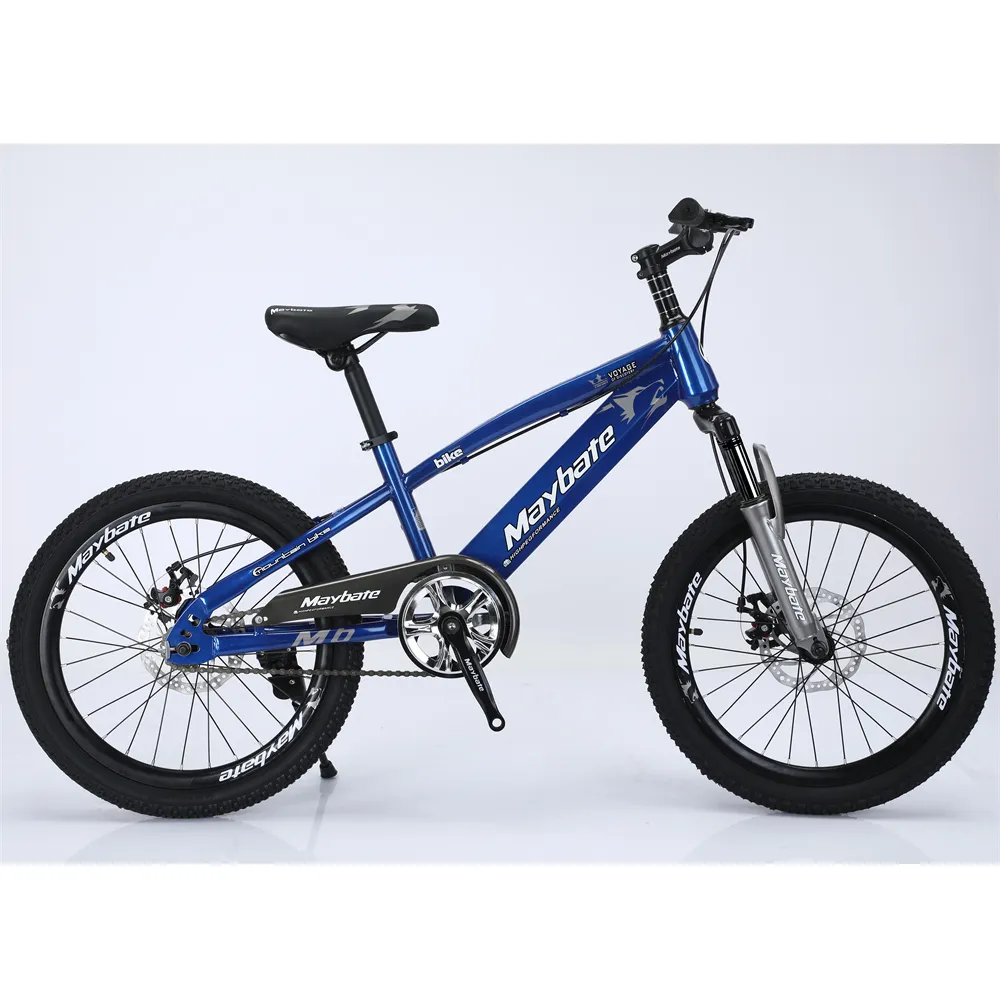childrens bike guide
A Comprehensive Guide to Choosing the Right Children's Bike
When it comes to teaching kids the joys of cycling, selecting the right bicycle is crucial. A properly fitted bike can not only enhance their riding experience but also instill confidence and safety. This guide aims to help parents navigate the vast landscape of children's bikes, ensuring that they make an informed choice.
Understanding the Importance of the Right Size
The first consideration when buying a children's bike is the size. A bike that is too large or too small can make riding difficult and even dangerous. The general rule of thumb is to choose a bike based on the child's age and height.
- Balance Bikes For toddlers aged 2-4, balance bikes are an excellent option. These bikes typically have no pedals, allowing children to focus on balance and coordination without the complexity of pedaling. - Bikes for Ages 4-6 (12-16 inch wheels) A bike with 12 to 16-inch wheels is suitable for preschoolers and early elementary school children. At this age, kids usually start to learn pedaling and braking, making it important to choose a model with easy-to-use brakes.
- Bikes for Ages 6-9 (16-20 inch wheels) As children grow older, bikes with 16 to 20-inch wheels become more appropriate. Ensure that they can comfortably straddle the bike with both feet flat on the ground.
- Bikes for Ages 9 and Up (20-24 inch wheels) For older children, a bike with 20-inch wheels or larger is often suitable. At this point, you might also consider shifting gears, especially if your child will be riding in a hilly area.
Assessing the Weight
Another important factor is the weight of the bike. Heavier bikes can be cumbersome for children, making it harder for them to maneuver. Look for lighter materials, often aluminum, as they provide a better riding experience.
Safety Features
childrens bike guide

Safety is paramount. Here are a few essential safety features to look for
- Brakes Opt for bikes with handbrakes and coaster brakes. Handbrakes provide more control, especially as children gain confidence. - Reflectors and Lights Ensure the bike is equipped with reflectors and the option for lights if your child will be riding in low-light conditions. - Helmet It's important to emphasize the necessity of wearing a helmet. Some bike shops offer discounts on helmets when you purchase a bike.
Style and Accessories
Kids love to express their individuality, so allowing them to choose a bike that reflects their personality is important. Bikes come in a variety of colors and styles, from bold and bright designs to popular characters.
Accessories like training wheels, baskets, and streamers can also enhance a child's biking experience. While training wheels are useful for beginners, many children transition to riding without them faster than you might think. Remember, the goal is to build their confidence and skill.
Maintenance Matters
Regular maintenance is crucial to ensuring your child’s bike remains safe and functional. Routine checks on the brakes, tires, and gears will save you from unexpected issues and extend the life of the bike. Teach your child simple maintenance tasks, such as cleaning the chain or checking the air pressure in the tires. This not only fosters a sense of responsibility but enhances their understanding of bike mechanics.
Conclusion Making the Right Choice
Choosing the right children's bike involves a combination of size, weight, safety features, style, and price point. With the right bike, your child can enjoy the venture of cycling, build important skills, and create lasting memories. Don’t rush the process; take the time to visit local bike shops, test different models, and involve your child in the selection process. The right bike can open up a world of adventure, fitness, and fun for your little rider. Happy cycling!
-
kids-scooter-tiny-olympic-games-scooterathlonNewsAug.22,2025
-
kids-scooter-waves-xingtai-zhongzhous-global-rippleNewsAug.22,2025
-
baby-tricycle-oem-legacy-zhongzhou-forgedNewsAug.22,2025
-
xingtais-twin-tricycle-revolution-siblings-ride-togetherNewsAug.22,2025
-
baby-tricycle-design-inspired-by-ancient-armorNewsAug.22,2025
-
nfc-chip-enabled-oem-baby-tricycle-trackingNewsAug.22,2025
-
The Perfect Baby TricycleNewsAug.11,2025








